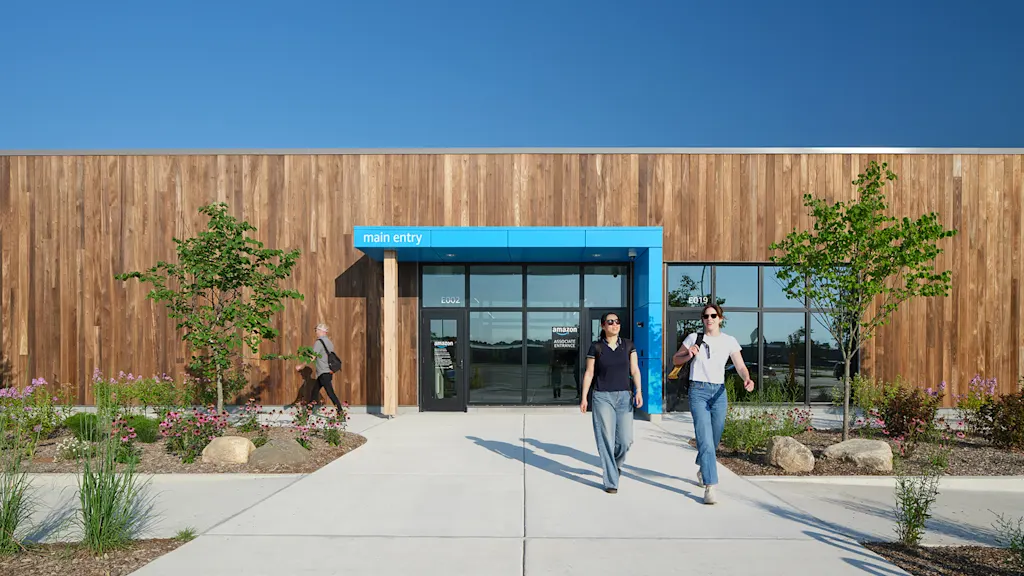fromYanko Design - Modern Industrial Design News
2 months agoMOVA smart three wheeler brings future-ready agility to city deliveries - Yanko Design
In recent years, the rapid growth of e-commerce and urbanization has significantly increased the demand for efficient delivery solutions, especially in densely populated cities with narrow streets, historic districts, and restricted vehicle access. Traditional delivery vans and trucks often struggle to navigate such environments, leading to congestion, delays, and inefficiencies. Recognizing these challenges, designers have turned their focus toward developing smarter, more agile vehicles specifically tailored to urban logistics.




